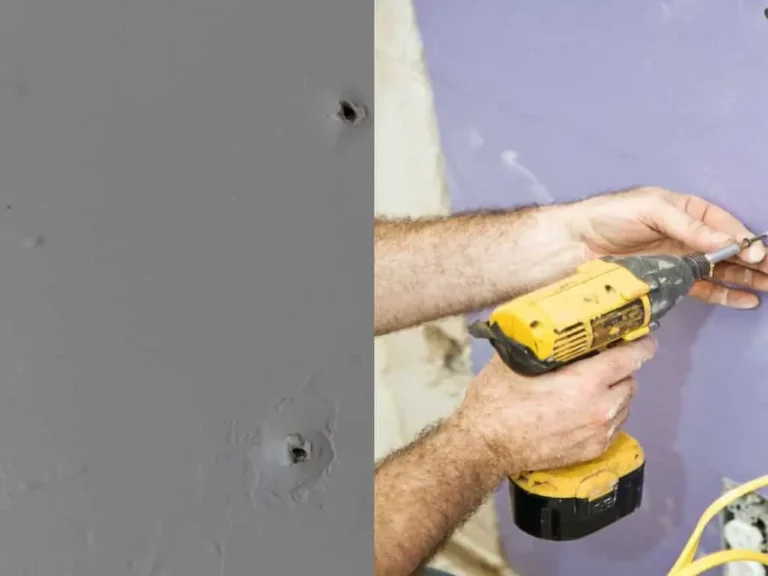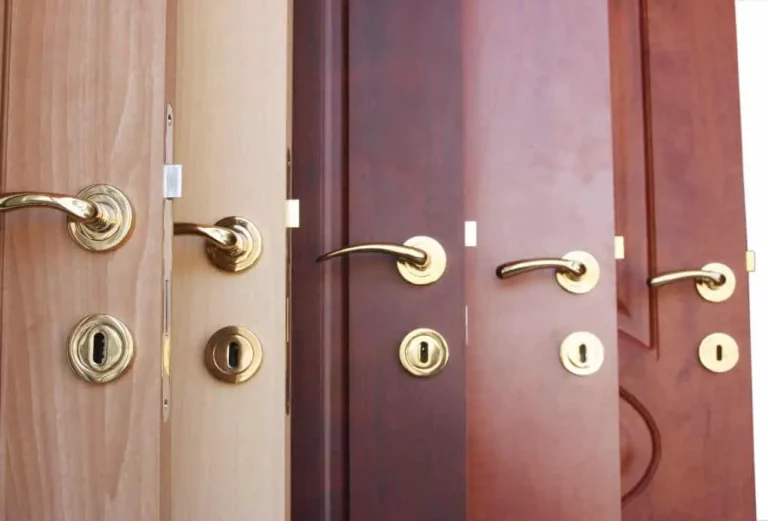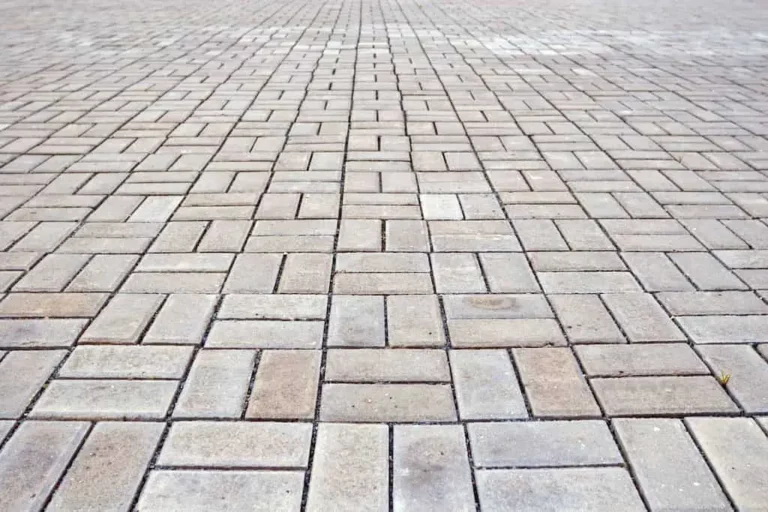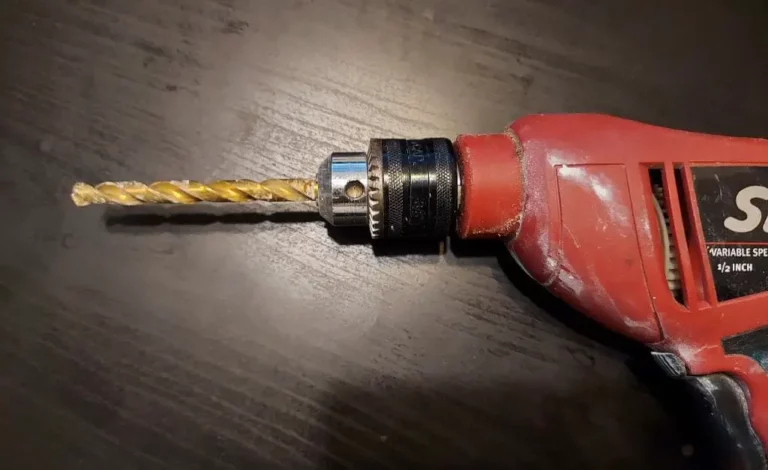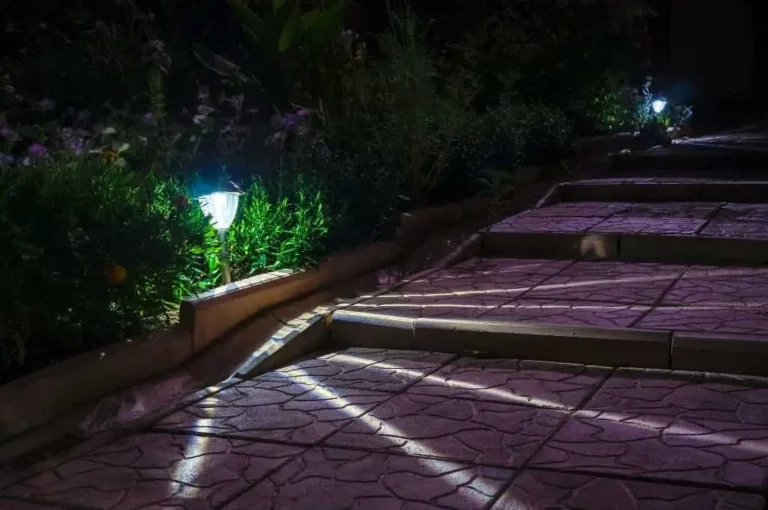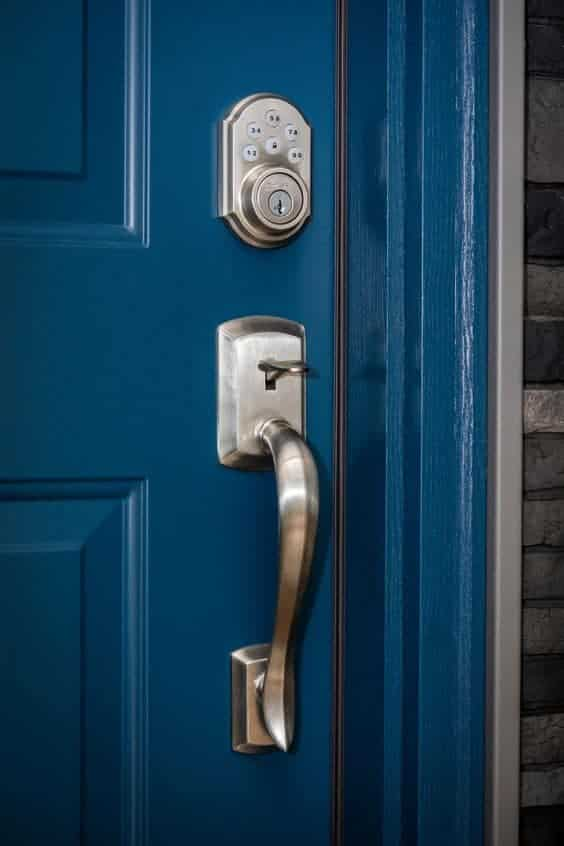Can You Lay Artificial Grass on Top of Paving Slabs?
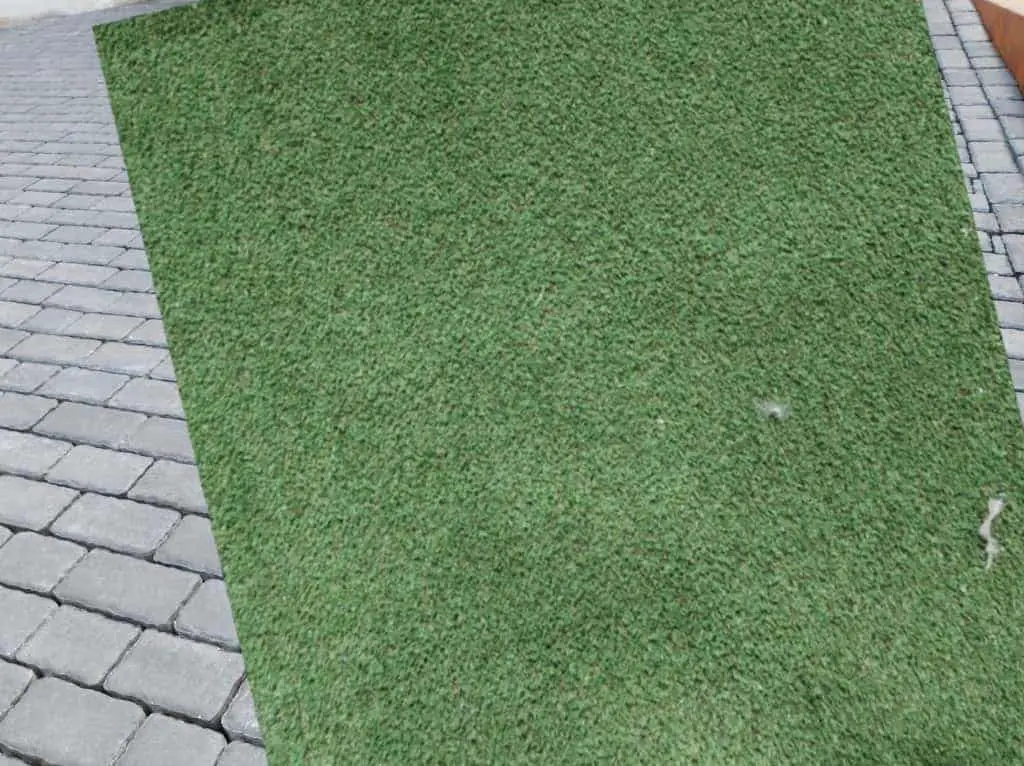
Paving slabs make yards look beautiful, are low maintenance, and are cheap. Pavers also take space that your yard can use for authentic grass. It’s probably a well-known fact that pavers can lie on top of barren yards, but is it possible to apply turf to the top of paver stones as well?
You can lay artificial grass on top of paving slabs, but it can be a little problematic. For starters, turf doesn’t feel as soft as natural grass. Drainage issues can also occur due to the pavers underneath the artificial grass.
If you’re looking to add some green to your paved paradise, especially if you don’t have real grass at home, then keep reading. We’ll talk about whether you can put grass on top of pavers, what issues you may face doing so, and a few essential tips on how to lay your turf.
Is It Possible To Lay Turf on Pavers?
Artificial grass is a fantastic substitute for people who don’t have live lawns for whatever reason. Most people lay turf down when they have trouble growing grass or want soft ground for their children to play on. Football fields also use artificial grass.
In the case of pavers, it’s possible to lay turf on top of pavers too. Technically, laying turf on slabs is more manageable than if you had to prep an entirely bare surface – like dirt, for example – and it’s easy to remove if you decide to change your mind.
Artificial grass does come with some complications, though.
Synthetic Grass Isn’t Soft
The thing about artificial turf is that it doesn’t exactly have the springy softness that genuine grass does. Synthetic grass is equivalent to a thin, uncushioned rug, which is fine if you want it purely for aesthetic purposes or displays. For example, if you wish to mimic an outdoor scene inside, you won’t need under cushioning.
If you’re installing the artificial grass outside, as reading this article would suggest, though, you’re going to want a foam underlay.
What Is a Foam Underlay, and Why Is It Necessary?
A foam underlay is a cushioned mat that you’d place underneath the grass to create the soft feel of a natural lawn. Granted, making your turf feel more realistic is the most apparent reason for having under cushioning, but there are other things to consider too, such as preventing head injuries.
It’s probably a safe assumption that there might not be too many accidents on your lawn where you would trip and fall on your head (barring wet grass, of course), but children get into accidents quite frequently. If you’re making a play area for kids or simply have tots that enjoy outdoor activities, the underlay will be a lifesaver.
There’s something called the Head Injury Criterion or HIC, which essentially rates how well artificial grass can protect from a head injury. While there are different ratings for different types of turf, all of them have under cushioning that mitigates head wounds.
Pavement Slabs May Not Drain Well
Artificial turf usually drains as well or better than a typical lawn, or they do if the base has been appropriately prepared, at least. Pavement slabs can be a little tricky when it comes to drainage. Depending on the slab base in question, water from various sources may collect between the grass and the slabs themselves.
Eventually, the still water can result in mold or mildew that’ll ultimately grow from under the synthetic grass if not taken care of. At best, your yard may end up riddled with puddles that render the yard uninhabitable.
How To Keep Water From Accumulating Under Synthetic Grass
There’s an easy way to check if your pavers will allow for drainage. You can hose the pavers down and wait to see if the water collects into puddles. If there are puddles, then that’s where you need to drill holes so that the moisture can escape. After the holes have been prepared, fill them with shingle, and you’ve made your lawn mold and moisture-free.
What To Do if Slabs Have Gaps
For the synthetic grass to lay flat on the paving slabs, there need to be no gaps or tiny ones. If there are spaces wider than 25 mm (0.98 inches) between any pavers, then your turf might droop through them. To close any gaps, fill them in with quick-dry cement and make sure they dry before you apply the turf.
Can Artificial Grass Be Removed?
You can easily remove old artificial grass if you need to. Synthetic grass can get torn up, worn out, and even stained. In these instances (or if you’re just tired of the grass), it’s probably nice to know that you can have the turf removed if it needs replacing.
Make the Grass Manageable
There are two ways to astroturf. The first way is to have the grass cut into smaller, easily handled sheets. If you install your grass this way, then it’ll be easier to take up when needed. If your artificial grass is one big sheet, you need to cut it into manageable portions first.
Take a sharp knife and slice from one edge of your lawn to the other to portion your grass. After you’ve made the initial cut, make several slices across it. Say that you’ve cut your first line horizontally across your yard; you’d then make other cuts vertically across the first one. You have to take care not to cut too hard, though, as you may damage the surface underneath.
Remove the Cut Portions of Turf and Old Glue
Once all the cutting is complete, take an edge of the grass that’s not glued and pull. If need be, you can use a shovel to take the grass up from the ground. Again, you’ll need to be careful with the shovel, so you don’t scratch the paving slabs under the synthetic turf. Boiling water can also help remove any pieces of glue and grass that can’t be easily removed.
The final step is to clean what’s left on the paving slabs. There’s bound to be old glue still stuck to the pavers that you can remove by warming with a heat gun and then scraping up with the shovel.
Benefits of Artificial Grass
Now that you know it’s possible to astroturf your pavers, you might be wondering if there are any advantages as opposed to just ripping the slabs out and laying natural turf.
For starters, synthetic grass won’t cause allergies, and turf may be safer than the genuine article. Real grass can become uneven and result in tripping, while astroturfing ensures a forever smooth surface.
Artificial grass also doesn’t require water. If you live with water restrictions or wish to conserve, synthetic lawns are a tremendous help. A healthy natural lawn requires 44 gallons (166.5 l) per square foot each year.
Conclusion
While laying artificial grass on top of paving slabs is possible, the process may not go smoothly. You’ll need a foam underlay beneath the grass for safety and comfort. You also must ensure that the grass can drain when wet and the paving slabs are tightly packed before laying your grass.
Without proper drainage, you can end up with puddles and mold at worst plaguing your lawn. If your slabs aren’t close together, you’ll have sagging pouches. When your grass gets torn, dirty, or plain old (or you’re sick of it), you can remove and replace it.
